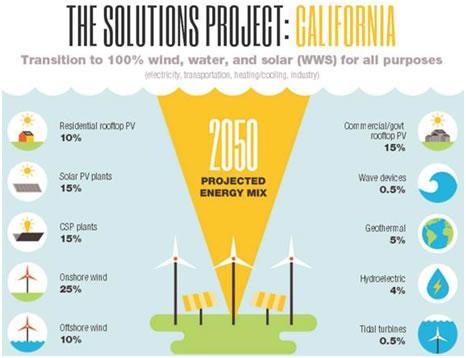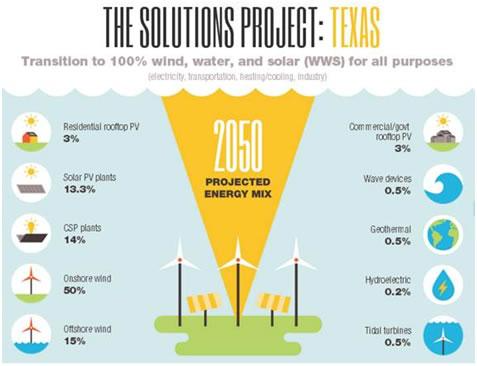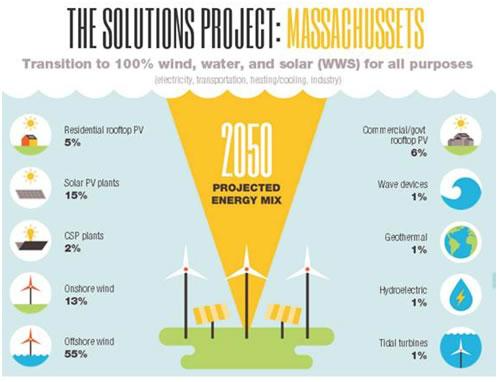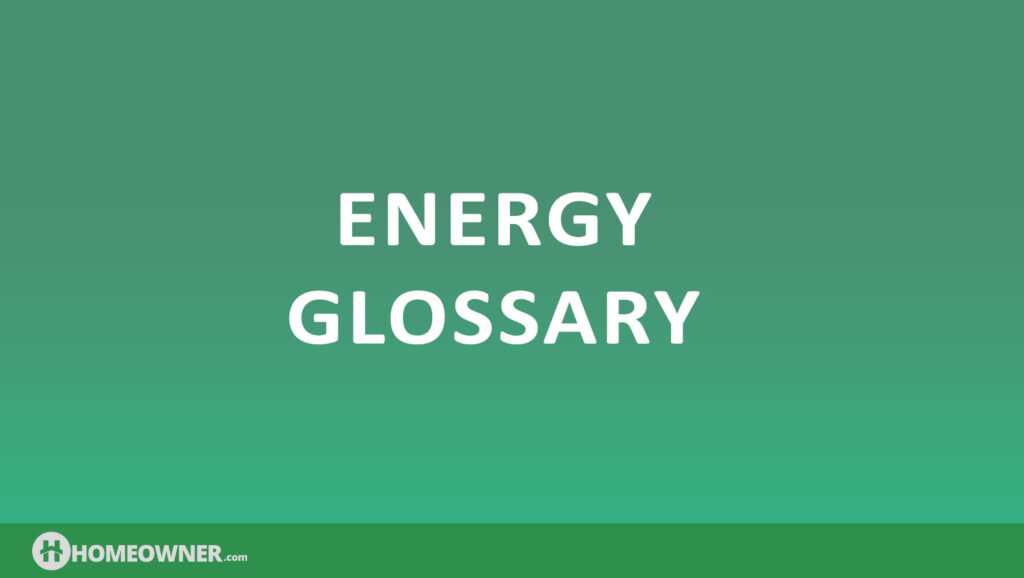If you think 100% renewable energy will never happen, think again. Several countries have adopted ambitious plans to obtain their power from renewable energy. These countries are not only accelerating RE installations but are also integrating RE into their existing infrastructure to reach a 100% RE mix.
Several countries are pioneers in renewable energy. Iceland gets 85% of the country’s electricity from the Earth’s heat. The country’s electricity supply is 100% renewable and depends on geothermal and hydropower. Norway is around 98% renewable and uses hydroelectric, geothermal, and wind, to achieve its goal.
Portugal relies on hydroelectricity for 38% to 58% of electricity, while wind power contributes 20%, biomass 5%, and solar around 1%. Scotland used 97% renewable energy in 2020.
Paraguay uses hydropower, to provides 90% of its electricity (and 19% of Brazil’s) by using the Itaipu dam. The dam took 30 years to build and cost $20 billion. It now helps in displacing 67.5 million tonnes of CO2 a year. Denmark uses 30% wind and 15% biomass for its energy needs. Germany already uses 98% renewable energy.
In a recent study known as The Solutions Project, Stanford professor Mark Jacobson, has concluded that the U.S can meet its 100% of energy demand through renewable by 2050 through concentrated solar power, utility-scale and rooftop PV, onshore and offshore wind, tidal and conventional hydropower and geothermal wave.
Study stays to achieve its goal, conscious efforts should be made to obtain all new electricity generation by sunlight, water, and wind by 2020, and the U.S should replace 80% of its existing energy with renewable sources by 2030 to reach 100% renewable by 2050.
The resource mix of renewable would be different state by state. In California, Texas and Massachusetts it would be as follows:



Source- https://energycentral.com/c/ec/another-blueprint-100-percent-renewables-mid-century
Numerous agencies such as the International Energy Agency, Stanford University, the United Nations, the Rocky Mountain Institute, Google, and others have undertaken an analysis of the feasibility of transitioning to clean energy. The analysis includes barriers, requirements, resource and market availability, and cost, and these companies have all remarkably come to the same conclusion.
100% global transition to clean energy is possible both technically and economically; the only barriers that exist are social and political.
What Are The Major Barriers To Achieve 100% Renewable And How Can We Overcome Them
For a country to become 100% renewable, it faces certain technical, economical, and political challenges.
Technical challenges include the building of a truly smart grid and integration of storage and a micro grid. An automated demand response has to be developed to manage energy usage and large swings in supply during peak electric demand, particularly in buildings. The last decade has seen tremendous development in low cost smart electronics, which will enable the necessary energy management.
Economic constraints also offer major challenges, as a substantial investment is required for the implementation of renewable energy on a large scale. It requires a large investment in grid storage, transmission to redistribute power and smooth out intermittency.
Among the storage methods available today, pumped-storage hydroelectricity is most cost effective. Low cost electric motors can also be encouraged as it offers the potential for substantial storage via vehicle-to-grid architectures.
Political challenges include the creation of a regulatory framework, setting standards, and offering incentives to economies to enable them to make dramatic shifts in their energy usage to renewables. Political will to accomplish such a challenging goal must exist, and political leaders should come together to plot a course that makes economic sense.
Renewable energy should be targeted in the most effective locations such as in the areas without an extensive grid infrastructure, micro-grids should be created and energy storage should be utilized. We should gradually move towards 100% renewable and allow technical advancement and cost reduction along the way which will be driven by the global market.
How to Achieve 100% Renewable Energy By 2050
Ecofys, a leading energy consulting firm, produced a report on how 100% of the world’s energy demands can be met by renewable energy by the year 2050. As per the report, half of the goal can be met by increasing the energy efficiency to reduce energy demands, and the other half by producing electricity by switching to renewable energy sources.
Ecofys suggested certain suggestions which can be followed to achieve the goal.
- Energy conservation should be built into every stage of product design.
- Carbon emissions should be introduced as an energy tax.
- For all new buildings, strict energy efficiency criteria should be introduced.
- Minimum energy efficiency standards should be introduced worldwide for the products that consume energy, including buildings.
- Developing countries should be provided with alternatives to inefficient biomass burning, such as solar cookers, improved biomass cooking stoves, and small-scale biogas digesters.
- Communities, businesses, and individuals should be encouraged to increase efficiency and should be made aware of their energy consumption.
- Countries should invest substantially in public transport.
- New buildings should be created using existing technology which will not require conventional energy for heating or cooling but will achieve it through sunlight, airtight constructions, and heat pumps. The Ecofys foresees that all new buildings will achieve these standards by 2030.
Ecofys finds that to achieve the target, up to 3% of the global gross domestic product (GDP) should be diverted to investment in renewable energy, investments in materials and energy efficiency, and necessary infrastructure. This cost will gradually be reduced as countries will save money by reducing fossil fuel use. The report finds that by 2050, by making necessary changes, we can save nearly 4 trillion Euros ($5.7 trillion) per year on reduced fuel costs and energy efficiency savings.
These high upfront investments will be superseded by savings by the year 2040 – or much sooner if factors such as the cost of climate change and the impact of burning fossil fuels on public health are considered. If implemented, this plan has the potential to reduce energy-related greenhouse-gas emissions by 80% below 1990 levels by 2050, and will help us to avoid the 2°C global warming danger limit.
Keeping The Grid From Overloading
Hawaii, California, and other states with strong winds and consistent sunlight are challenging assumptions about the boundaries of renewable energy. As the limits of what engineers and experts believe to be possible continues to expand, so does the interest of investors in new technologies and resources.
In February of 2013, energy officials in California sat down with executives in the power-industry to make plans to avert a possible disaster. They were concerned about the rapid rollout of solar and wind technologies supplying electricity which could stress the state’s electrical grid.
As more renewable energy was added, the chances the power supply could fluctuate wildly due to clouds or a windy storm. Some people attending the meeting warned of such problems as rolling brownouts, fearing they could begin later in the year.
These same concerns have been expressed from Hawaii to Florida. Authorities have struggled to maintain their aging electrical grids while handling increasing amounts of renewable electricity. Renewable energy now makes up approximately 14% of California’s electricity.
At present, California will often receive as much as 30 percent of its electricity from alternative energy resources. And there are times of the day when off-grid generation can provide as much as 40%. California legislators have recently approved a plan requiring half of all electricity to be generated from renewables by the year 2030. Though they have sustained fluctuating power levels at 40 percent, maintaining the fluctuations at higher and higher levels may become difficult, and raises the question, can we be 100 percent reliant on renewable energy.
There are actually a large number of risks, but achieving 40 percent support for the grid is causing massive changes in industry expectations. Utility companies are feeling most of the stress.
It is predicted electrical generation at the large central plant will decline, with solar and wind supplying continuously more of the load. This, in turn, is altering how investors spend their money. Utility companies are now planning investments for upgrading and improving the distribution network, making the grid capable of carrying power back and forth, rather than just downstream to the homes.
The changes will impact the core way utility companies do business. Once the slumbering giants of the power industry, they will have to deal with once-captive customers now having the option of generating their own energy, and even selling it back to the utility company.
To retain their customers, the utility companies will need to develop more flexible relationships. Some customers will be selling electricity they generate, while others will be buying.
Occasionally, California’s grid has reached its maximum carrying potential, usually the result of multiple coincidences. The majority of wind power in California is generated at night, but at times continues blowing in the morning. At the same time, the sun starts powering solar panels. With demand normally light right around dawn, the grid can surge with excess electricity. Those kinds of surges can fry equipment and cause service to be interrupted.
To keep this from happening, officials at Ca-ISO, one of California’s grid operators, are solving the problem by using something called an energy-imbalance market. This is a fast changing market with power being traded every 15 minutes, or even at 5 minute intervals. This market is now made up of several power companies, including ones from Oregon and other states in the area. Soon, Arizona Public Service will become a market member, to be followed by Nevada.
Energy-imbalance markets work as a relief valve, offsetting the pressure in the electrical system. However, solar panels are being added at a very quick pace. States and power companies are in a race to stay ahead of the fluctuation problems that come with renewable power.
Having so much solar power on the grid, an abrupt weather shift can still leave utility companies scrambling to keep up. A number of tech companies have stepped in arguing the solution isn’t better power generation, but better software.
For example, the Boston-based company, EnerNOC Inc., sells software to power companies that is used to receive warnings of possible electricity insufficiencies.
Companies can quickly respond, and receive some kind of compensation for turning off air-conditioning or shutting off temporarily unneeded equipment. Some predict, as utilities attempt to manage more frequent fluctuations in the renewable energy industry, they will also use more intricate, more complicated pricing plans.
There will be an evolution of rate structures. It is being pushed by the continuous installation of digital electric meters. These allow utility companies to communicate constantly with consumers, a practice called time-of-use metering. The utility companies can raise their prices if there is a shortfall in electricity, or lower prices if they expect an excessive electrical generation.
Some changes have to do with homeowners, who are installing batteries in their homes. Having electrical storage and photovoltaic panels, and the software regulating it all, allows the grid to communicate with the home when it’s realizing a potential power overload. The grid, theoretically, could instruct the home system to charge the battery.
Afterwards, when power is needed, the grid can call on the battery to deliver it.
The solution to wild electrical fluctuations in the grid seems to be a combination of ideas. Solar, batteries, and software will solve many of these problems.
100% Renewable Energy
Presently, when we talk about a country achieving a 100% renewable goal, it is quite possible for the country with abundant renewable resources which can be utilized in a cost-effective and reliable manner.
The best example is Iceland, which has made use of its local conditions to become 100 % renewable. But for the countries not blessed with abundant natural resources, it is advisable that instead of concentrating on achieving 100% renewable, countries should focus on addressing the important issue of global warming.
Instead, these countries should aim to establish the lowest possible carbon emission system. In the process, if they achieve 100% renewable, it will be the best solution for a cleaner environment.




